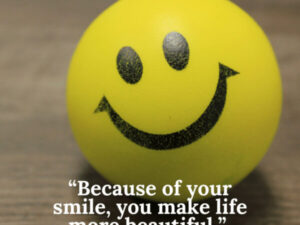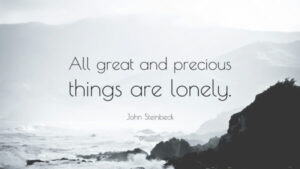The term motor skills includes all behaviors that require a coordinated interaction of certain muscles, such. They are gripping, crawling, walking or standing. The motor development takes place through an interaction of maturing and learning processes. In adulthood, maturation processes play a major role. When a child can sit, crawl or run is therefore not from the outside to influence – diligent practice cannot accelerate motor development processes.
The Features of the Children
Each child lends itself to these skills and has its own pace of development. The prerequisite, however, is that the child is given opportunities to use his current state of development in accordance with motor skills, i.e. that there are many possibilities for movement and attractive suggestions. According to the students type this is an important part.
In infancy, the child learns the basic forms of athletic motor skills, such as running or running, climbing, jumping, balancing, catching and throwing. These are becoming ever more refined, safer and smoother. Later, depending on the physical activity in the child’s environment, new specific skills such as roller skating, swimming, cycling, etc. are added. The motor development takes place now primarily through experience and learning processes.
The Distinctions
A distinction is made between gross motor skills and fine motor skills. While gross motor skills allow humans to maintain and move against gravity, movements of facial expressions, gestures, linguistic articulation, as well as painting and writing are associated with fine motor skills. At first, gross motor skills develop. This z. B. trained and automated functions such as the coordination of the arms and legs.
- The fine motor development is based on a sufficiently differentiated gross motor development. Fine motor skills such as writing and painting can only succeed if gross motor skills are sufficiently developed. Children who had little opportunity to gain gross motor skills in early childhood often have problems with fine motor skills at school.
- Varied, varied possibilities of movement expand the movement experience. Extensive movement experiences are the basis for goal-oriented movements both in everyday life (e.g. in road traffic) and in sports motor actions (e.g. when playing ball). Moving children react. B. in dangerous situations faster and situation adapted. They develop a positive self-image, are self-conscious and less anxious.
Motor developmental disorder often occurs in children in conjunction with developmental disorders in other areas (language development, concentration, social skills, self-esteem,). This developmental disorder can sometimes be treated by a stronger promotion of the child’s physical activity in everyday life while playing or by exercising. For stronger motor dysfunction therapy concepts of physiotherapy, Ergo- or moto-therapy are used.



















Be First to Comment